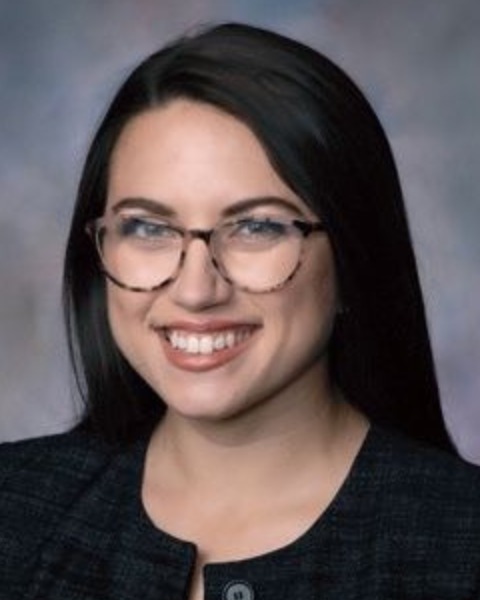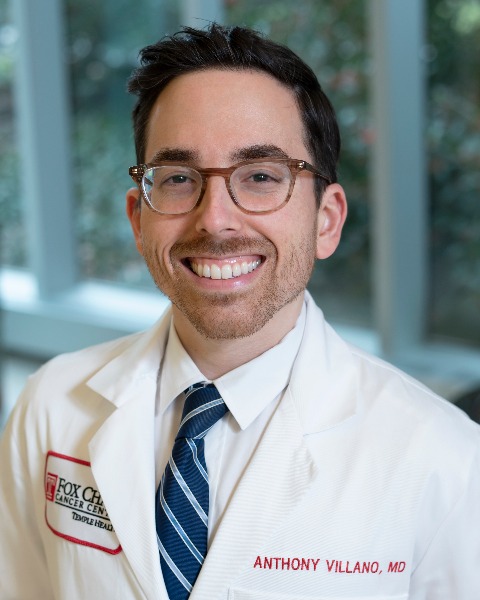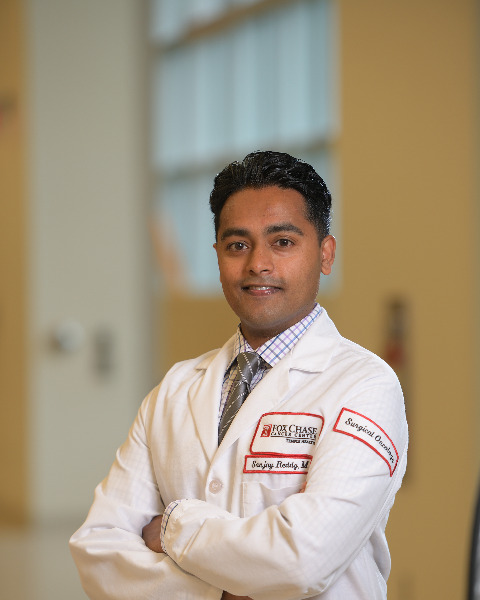Hepato-pancreato-biliary
E213: Fragmented Care in Pancreatic Cancer Treatment: Bridging Gaps for Improved Patient Related Outcomes

Andrew B. Crocker, MD
Surgical Oncology Research Fellow
Fox Chase Cancer Center
WAYNE, Pennsylvania, United States
Andrew B. Crocker, MD
Surgical Oncology Research Fellow
Fox Chase Cancer Center
WAYNE, Pennsylvania, United States
Andrew B. Crocker, MD
Surgical Oncology Research Fellow
Fox Chase Cancer Center
WAYNE, Pennsylvania, United States
Emily J. Papai, MD
Surgical Oncology Research Fellow
Fox Chase Cancer Center
Philadelphia, Pennsylvania, United States- MT
Maryclare Taylor, MD
Surgical Oncology Research Fellow
Fox Chase Cancer Center, United States - MP
Max Perilstein, BS
Medical Student
Lewis Katz School of Medicine, United States - MM
Malek D. Maddah, BA
Medical Student
Lewis Katz School of Medicine, United States - KR
Karen Ruth, MS
Senior Research Biostatistician
Fox Chase Cancer Center, United States 
Anthony M. Villano, MD (he/him/his)
Assistant Professor
Fox Chase Cancer Center
Philadelphia, Pennsylvania, United States
Sanjay S. Reddy, MD
Associate Professor
Fox Chase Cancer Center
Philadelphia, PA, United States
ePoster Abstract Author(s)
Submitter(s)
Author(s)
The multidisciplinary nature of oncologic care has led to centralization of pancreatic adenocarcinoma treatment. These referral patterns have predisposed patients to experience fragmented care (FC), or care at multiple centers. For patients transferring to academic centers FC may offer benefits, but the impact of FC on operative outcomes in pancreatic adenocarcinoma remains uncertain.
Methods:
Patients with pancreatic adenocarcinoma who underwent definitive oncologic resection from 2008 to 2022 were queried from a single NCI designated cancer center. Treatment facilities were collected at three distinct time points: diagnosis, delivery of neoadjuvant therapy, and definitive surgery. Patients were subdivided by therapy type (surgery first versus any neoadjuvant therapy) and receipt of FC versus no FC. Where FC was defined as receipt of treatment at more than one facility. For surgery first patients, fragmented care was further broken down by facility type (academic versus community). Outcomes were compared using Chi-square, Fisher’s exact tests and Kruskal-Wallis tests.
Results:
273 patients met inclusion criteria, with 146 (53.5%) patients receiving FC, compared to 127 (46.5%) who did not. Most patients received surgery first (56.4%), compared to neoadjuvant therapy use (43.6%). In the surgery first group race was significantly associated with FC, with Caucasian patients experiencing less FC (p=0.04). Across both the surgery first and neoadjuvant therapy cohorts there was no significant differences in FC rates by age at diagnosis, gender, insurance status, or tumor size at diagnosis. FC patients who received neoadjuvant therapy were more likely to experience positive operative margins compared to no FC (15.7% vs 7.9% p=0.05). Among surgery first FC patients who transferred to a community cancer center for definitive resection, there was also a higher rate of positive operative margins than those with no FC (28.1% vs 9.7% p=0.09). For both the surgery first (p=0.002) and neoadjuvant therapy groups (p=0.09), patients who received FC were less likely to be readmitted within 30 days of surgery.
Conclusions:
FC was more likely to lead to positive operative margins among patients who underwent neoadjuvant therapy and who transferred to community centers for surgery. Additional investigation into the impact of facility type in fragmented care is needed, as these findings suggest that centralization of pancreatic surgery to academic centers may significantly impact operative outcomes in pancreatic adenocarcinoma.
Learning Objectives:
- Upon completion, participant will have a better understanding of how fragmented care impacts operative outcomes in pancreatic adenocarcinoma
- Upon completion, participant will have a more nuanced perception of the role of facility type in outcomes for patients with pancreatic adenocarcinoma
- Upon completion, participants will be able to better define fragmented care and risk factors that predict higher rates of fragmented care
